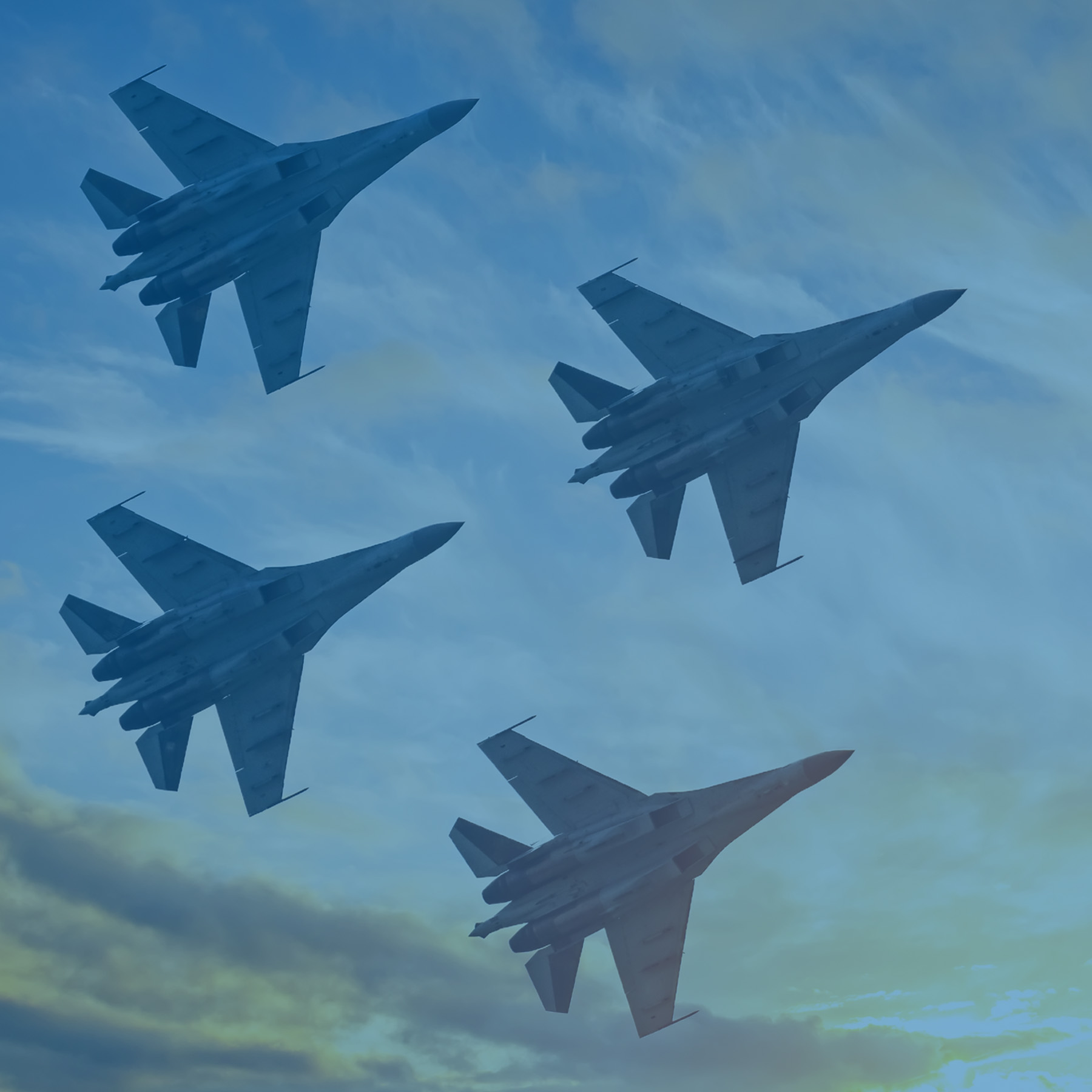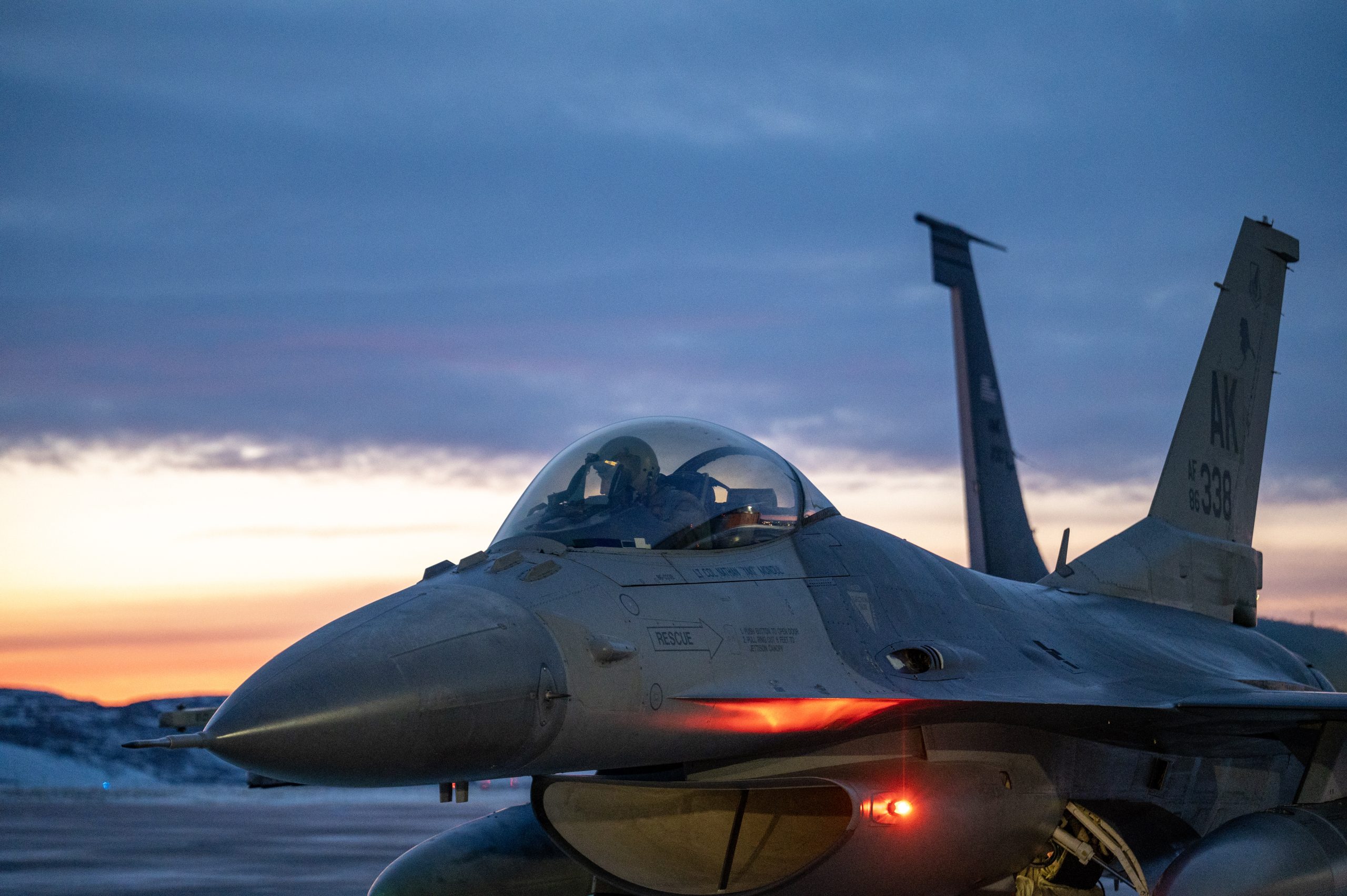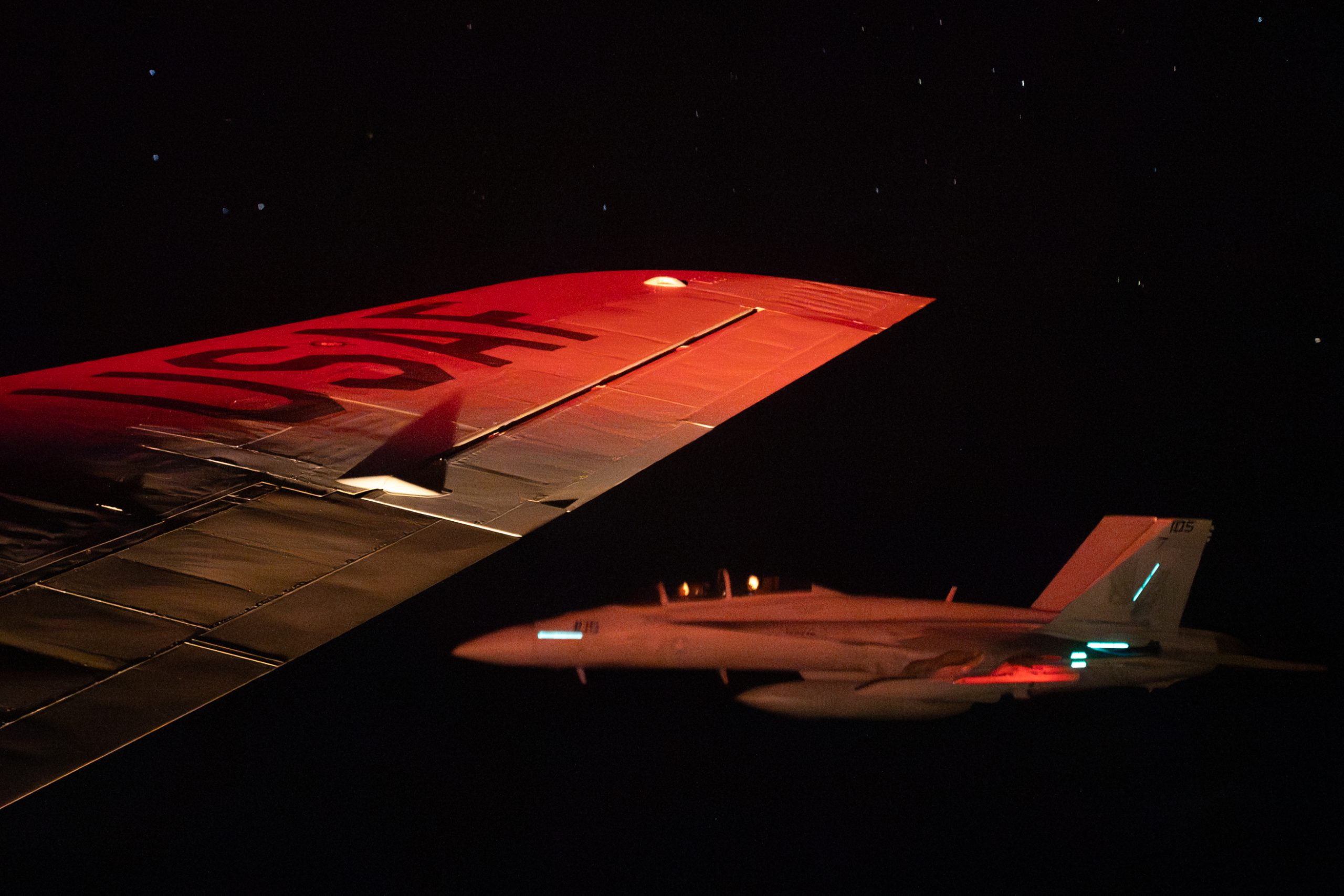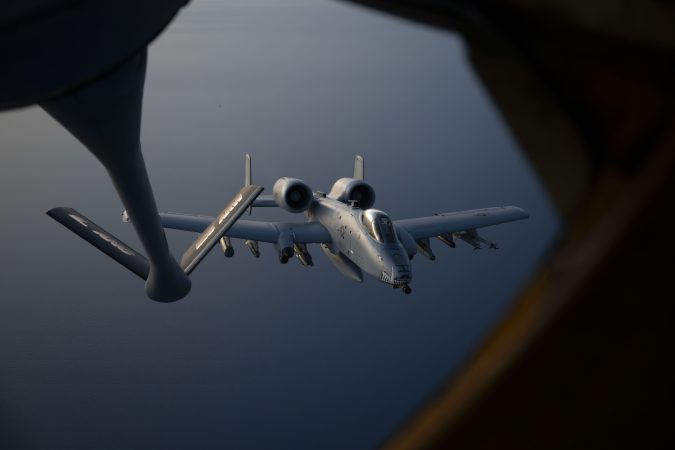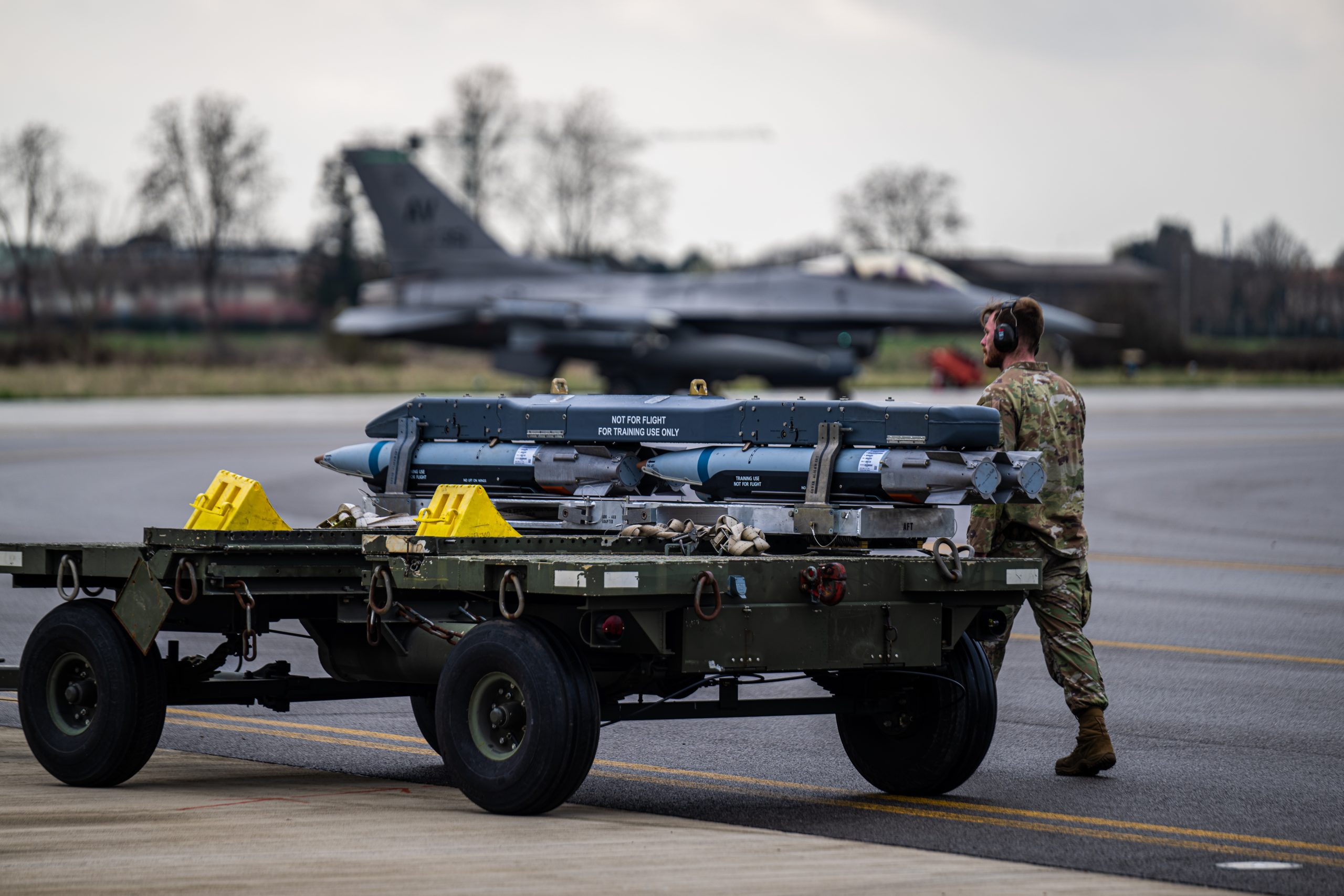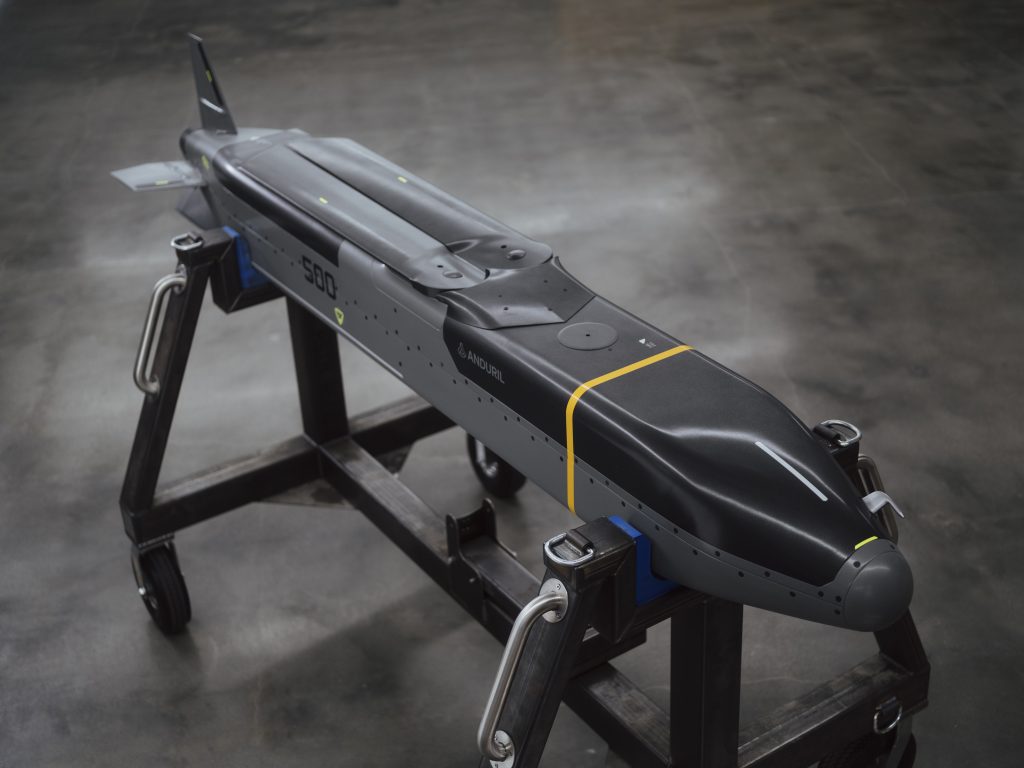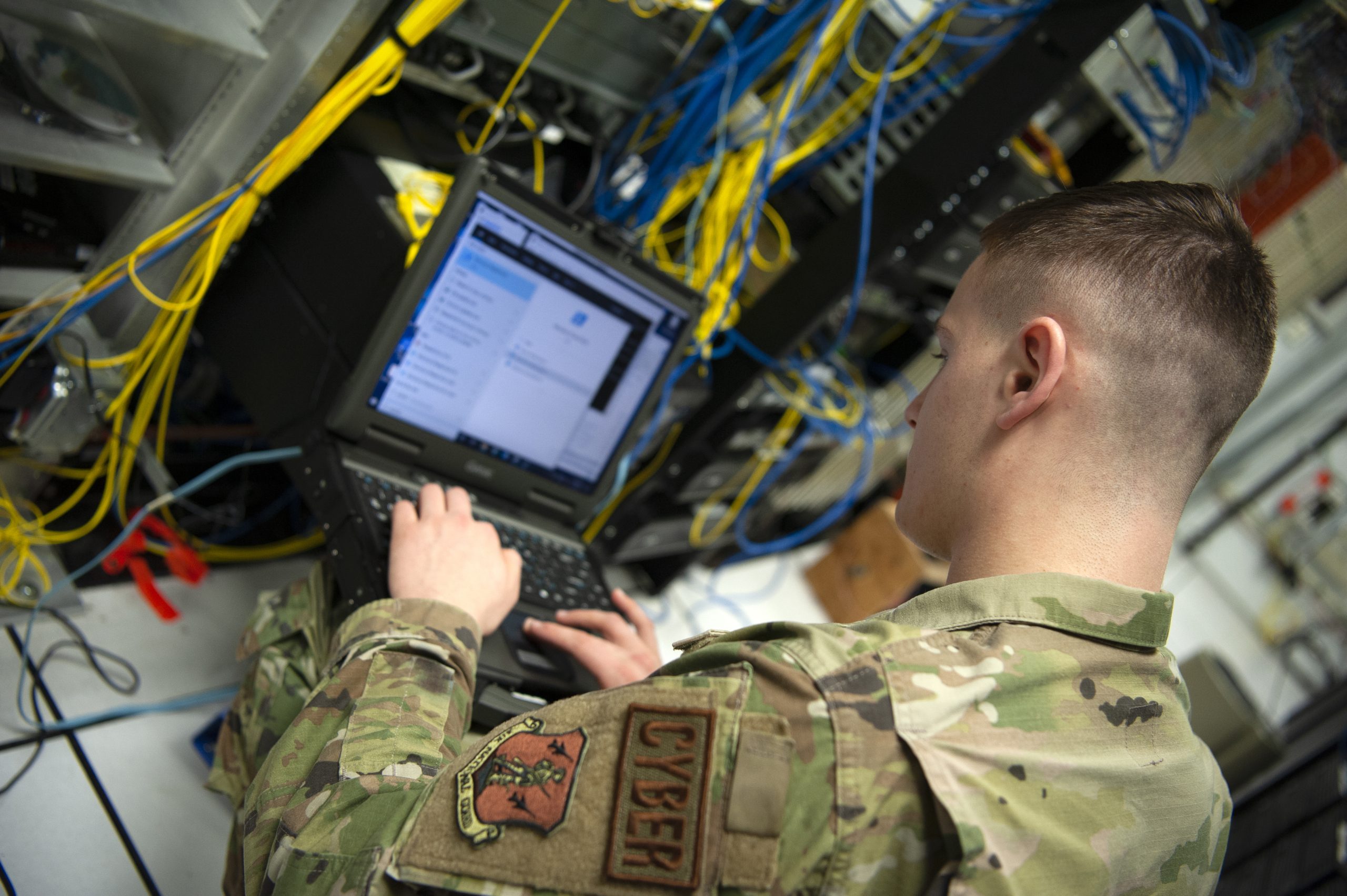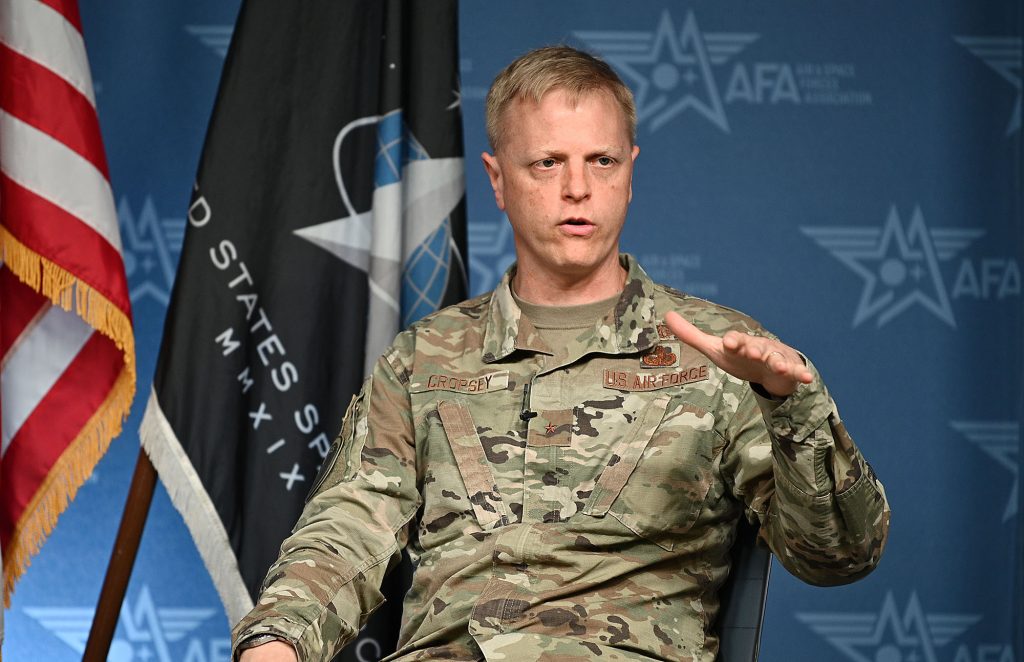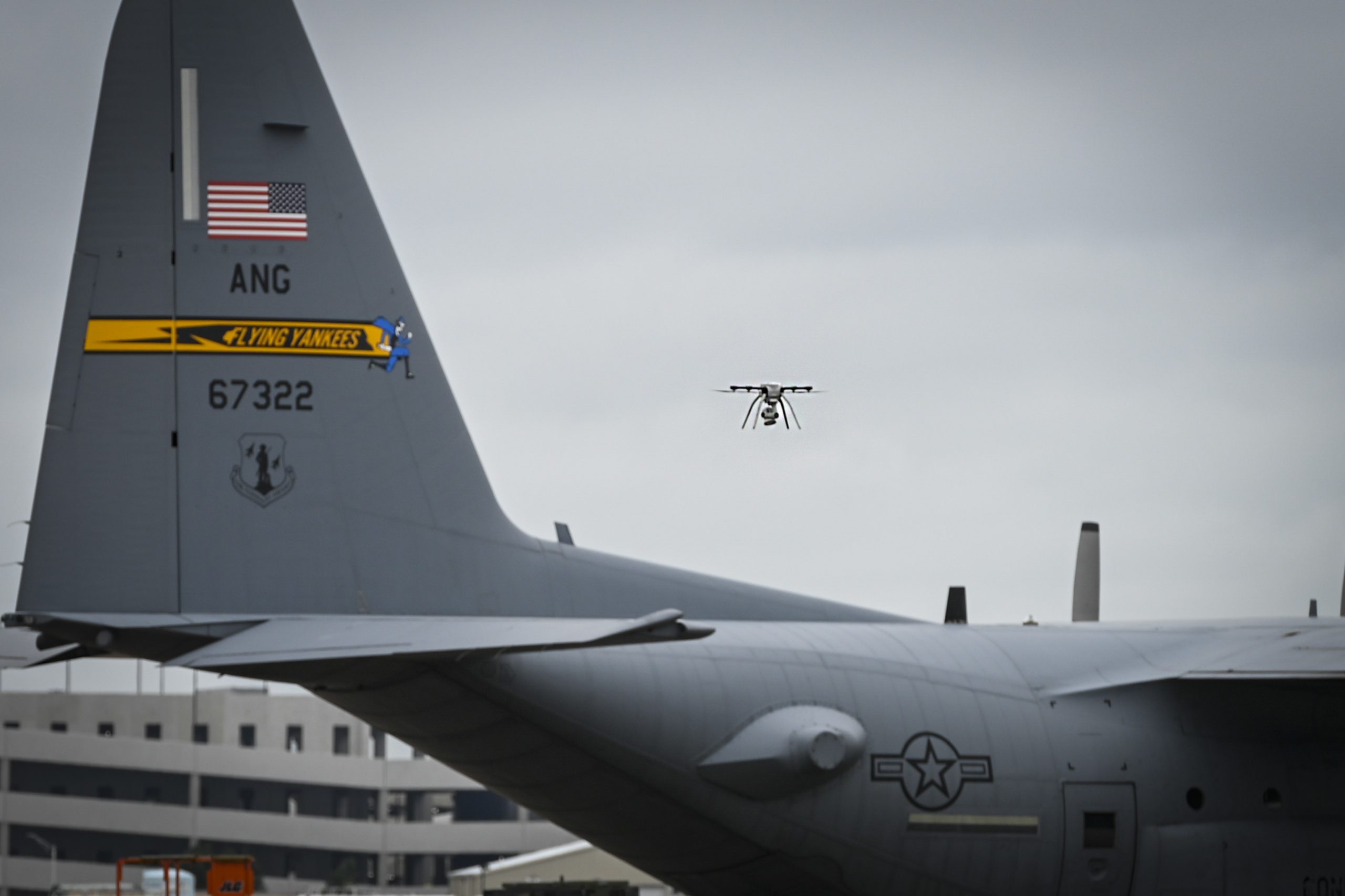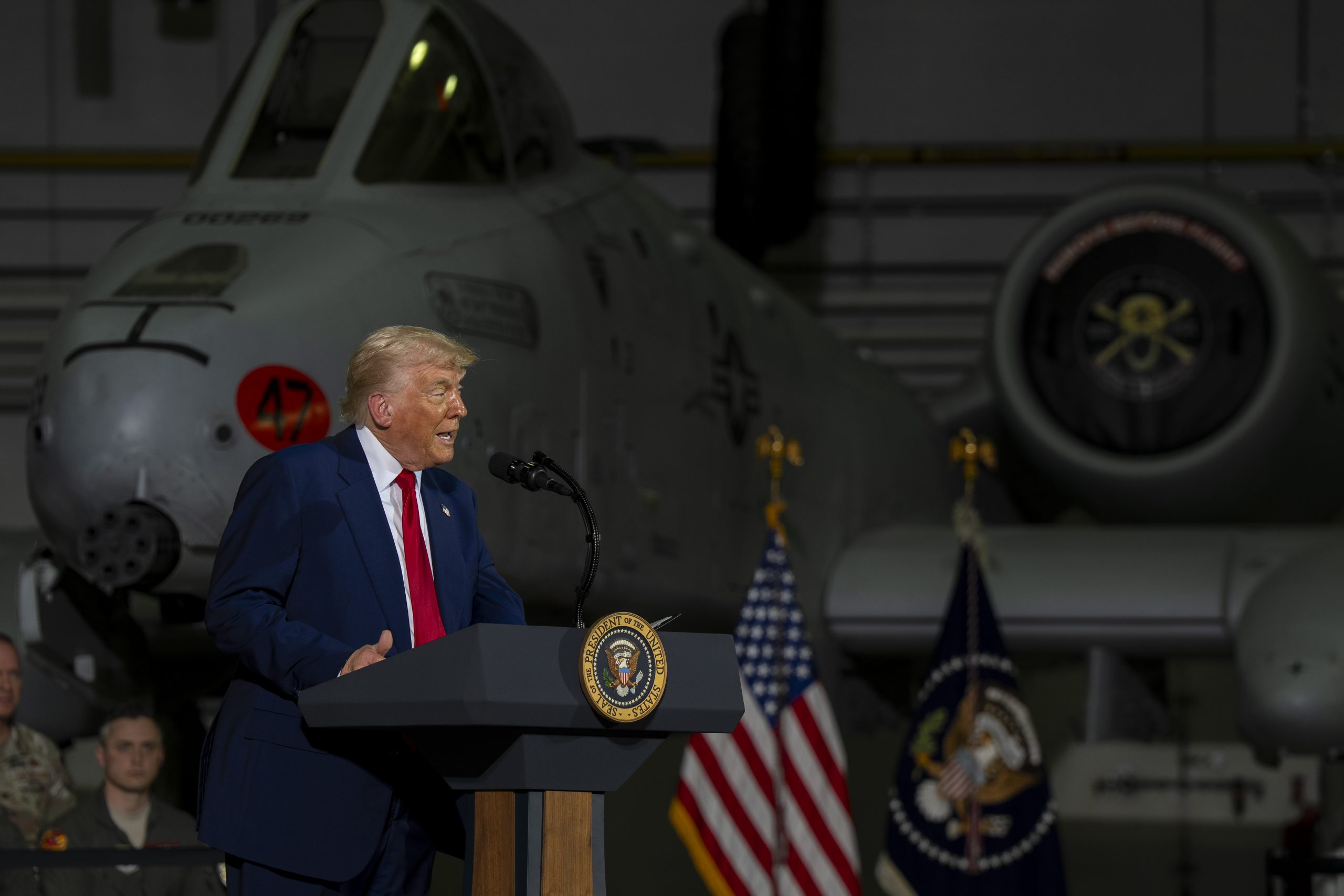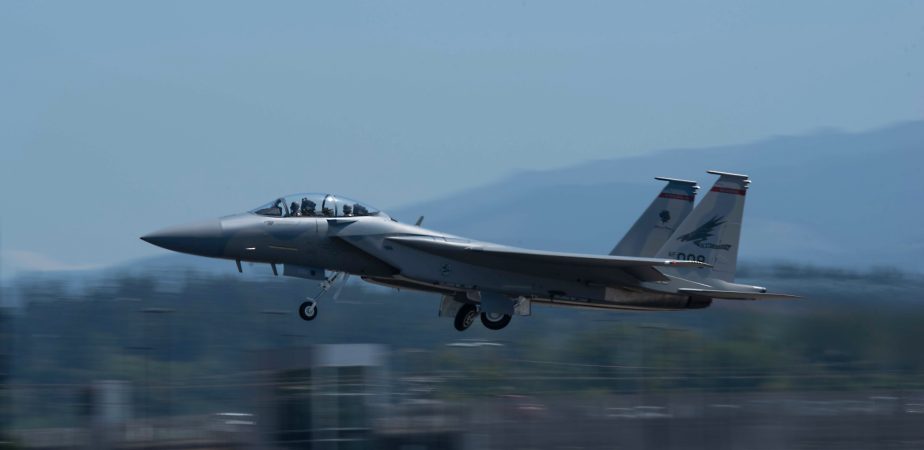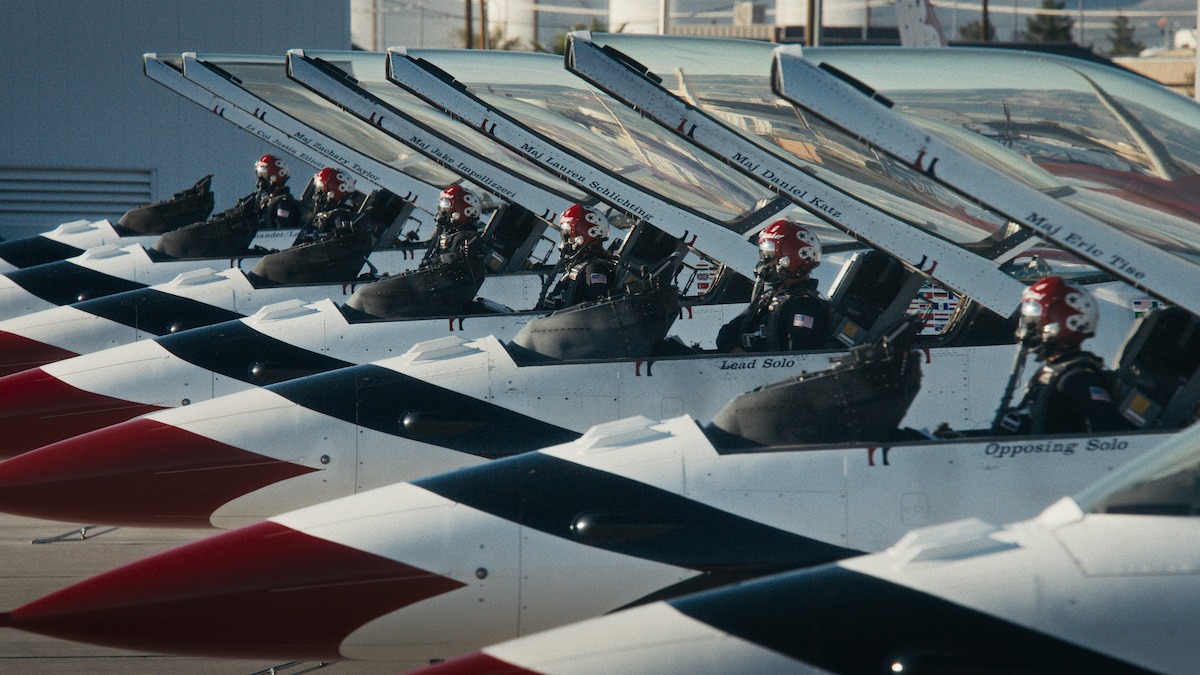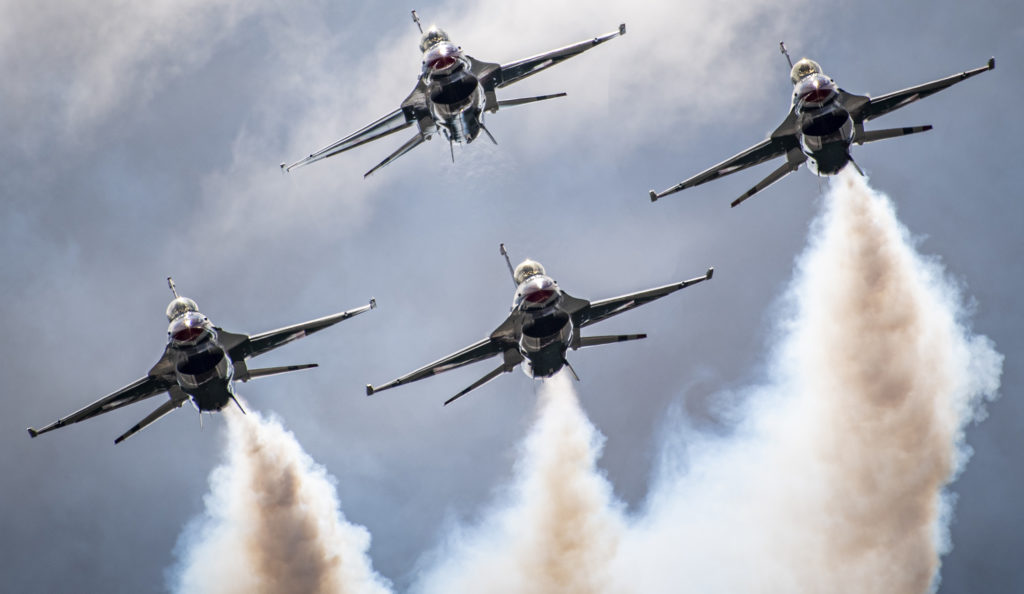Disasters strike without warning, leaving destruction in their wake. Many assume disaster insurance is only necessary for those living in high-risk areas, but the truth is, 97% of the U.S. population lives in a county covered by a federal disaster declaration since 2020. That means nearly everyone faces some level of risk.
Traditional homeowners and renters insurance often have coverage gaps that could leave you financially vulnerable. That’s where disaster insurance steps in—it provides supplemental coverage to help you recover quickly, whether it’s paying for temporary housing, repairs, or replacing essential belongings.
The Misconception About Risk
One of the biggest mistakes people make is assuming disaster insurance is only for those in disaster-prone areas. But natural catastrophes have grown more unpredictable due to variety of reasons, including urban expansion and shifting environmental patterns.
Even if your area has never been affected by a disaster before, future risks are impossible to predict. Preparing ahead with disaster insurance ensures financial stability—no matter where you live.
What Is Disaster Insurance and How Does It Work?
Disaster insurance is a supplemental policy designed to fill the gaps in traditional homeowners or renters insurance. Unlike standard policies, which often limit payouts and exclude certain disasters, disaster insurance provides a lump sum payout after a state or federally declared natural disaster.
This money can be used however you need—whether for securing temporary housing, making urgent repairs, or replacing lost essentials. Unlike traditional policies that have high deductibles and exclusions, disaster insurance offers flexibility and peace of mind when recovering from a catastrophe.
The Financial Risks of Being Underinsured
Even if you have homeowners or renters insurance, your policy might not provide the full protection you need. Studies show that most homes are underinsured by as much as 20% of their value, meaning homeowners could be left paying thousands out of pocket to rebuild.
Common coverage gaps include:
- High deductibles—forcing homeowners to pay large amounts before insurance coverage kicks in.
- Exclusions for certain disasters—such as earthquakes or storm surges, which are often not covered.
- Limits on claims—some policies cap the amount paid, regardless of damage extent.
- Depreciation on repairs—your roof, appliances, and belongings may only be covered at their depreciated value, rather than full replacement cost.
Disaster insurance helps bridge these gaps, ensuring you have financial support when the unexpected happens.
Who Needs Disaster Insurance? (Hint: Nearly Everyone)
Regardless of where you live, disaster insurance is a smart investment. If you rent or own a home, have valuables to protect, or simply want financial security in the face of unexpected disasters, this coverage can be a game-changer.
Since nearly every county in the U.S. has faced federally declared disasters in recent years, disaster insurance is relevant to everyone—not just those in high-risk regions. It’s proactive protection against financial hardship, ensuring you can recover without draining your savings or struggling with the limitations of traditional insurance policies.
Preparing for the Unexpected
The future is unpredictable, but your financial security doesn’t have to be. Disaster insurance offers protection and peace of mind, ensuring that when catastrophe strikes, you have the resources to recover quickly.
Don’t wait for disaster to teach you a costly lesson—prepare today. As an AFA member, you have exclusive access to the first and only multi-peril disaster coverage. Learn more about Recoop Disaster Insurance and safeguard your home, belongings, and financial future now.
Learn more at http://www.ftj.com/go/afa-disaster
